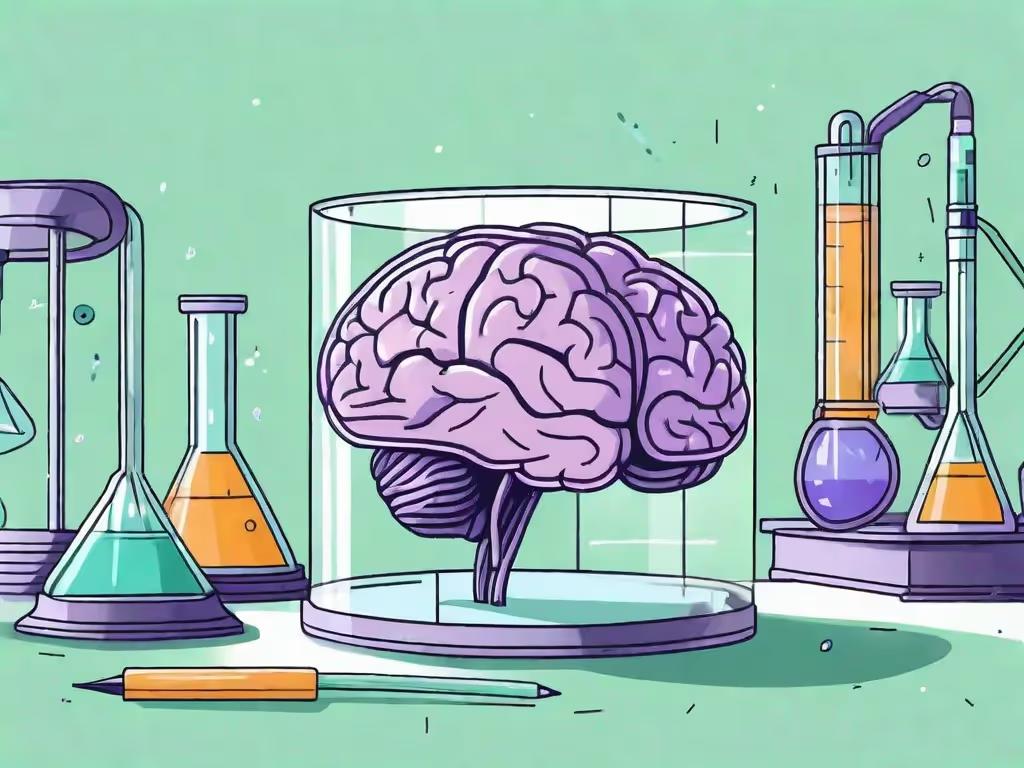There was a time when a hypnosis session meant watching a pocket watch swinging back and forth as a patient's eyes drifted left to right. Hypnotherapy's brand and delivery have come a long way since it was introduced by German physician, Franz Mesmer.
In the early years, hypnotherapy was controversial because it was misunderstood. Sigmund Freud and Carl Jung used it in their psychological practices initially, but Jung abandoned the use due to confusion over whether and how it worked and worry over false claims.
Today, however, hypnotherapy has been studied and substantiated as a therapy that can reduce anxiety in a person's life. According to the American Psychological Association, clinical hypnosis can "improve outcomes in ... pain management, anxiety disorders, panic attacks, depression, sleep, and more."
To treat anxiety disorders, hypnotherapy works on many levels and can be leveraged in harmony with other treatments or on its own. Either way, the practice holds great promise for those suffering from anxiety.
How does hypnotherapy work, and does it work for everyone?
The goal of a hypnosis session is to begin by introducing a relaxed state of mind. Once a practitioner has guided a client through a relaxation process that often involves visualization and focus on the breath, therapeutic suggestions are made to influence behavior.
According to the Department of Health in Victoria, "Some researchers believe ... hypnosis promotes particular brain wave activity that allows the mind to take in and adopt new ideas." Others say it is about allowing the subconscious mind to accept suggestions by relaxing the conscious mind.
When a hypnotherapy session ends, the client is returned to conscious awareness feeling refreshed and energized. The effects can be immediate, or a client will need recurring sessions to see full results. With robust clinical research now available on hypnotherapy, the exact "how" matters less than the fact that it has a drastic impact on ailments such as anxiety, stress, and depression.
How to practice self-hypnosis
Not all hypnosis needs to happen in a clinical setting. According to the American Psychological Association, self-hypnosis can reduce pain, childbirth, stress, and anxiety with a minimum of three sessions. Self-guided hypnosis can be practiced to retrain the brain to find calm when it would otherwise be riddled with anxiety.
A self-guided hypnosis session can be broken down into a few simple steps:
- Find a quiet and comfortable position where you can relax.
- Use progressive muscle relaxation to fully relax the body, tensing and releasing one muscle group at a time.
- Think of a specific time or circumstance when you feel your anxiety triggered and focus on that scenario as you move forward.
- Focus your gaze. Find something simple within your line of sight to focus on.
- Breathe slowly and deeply as your eyelids grow heavy and your body softens.
- Slow and steady your breath, focusing on the exhales to cultivate more relaxation and prepare for a trance state.
- From a place of calm and relaxation, engage your senses to envision a calm and relaxing place. This should be personal to you. Perhaps it is a park or beach you know well.
- Imagine your body becoming very relaxed, the way you might when you are going to sleep.
- Visualize yourself calm and in control in as much detail as possible in a scenario that makes you anxious.
- Reinforce your goal by repeating it. "I calm myself with deep breaths. I feel confident and safe."
- After sitting with the visualization for a time, begin to come back into the room.
When you’re ready to leave the meditative state you’ve induced, do so gently, and with intention. Consider progressively “waking up” your body, starting from your toes or counting back from 10 into a state of alertness.
Using hypnotherapy techniques to address ongoing anxious thinking
Hypnotherapy can also be combined with other therapies, such as cognitive behavioral therapies (CBT) that use reframing techniques to retrain our responses to anxiety-producing stimuli. It can train the brain to respond calmly to stressful circumstances or negative thoughts by reprogramming the brain.
Researchers are still learning about the way hypnosis works and how people can best get to the hypnotic state. I recommend exploring the practice with a mental health professional or even on your own to determine if it will work for you to help treat anxiety.
After all, removing fearful or anxious thoughts can change how you experience the world.



.webp)







.avif)

%20(1).avif)


.avif)
.avif)
.webp)


.avif)


















































































































.avif)

















.svg)








